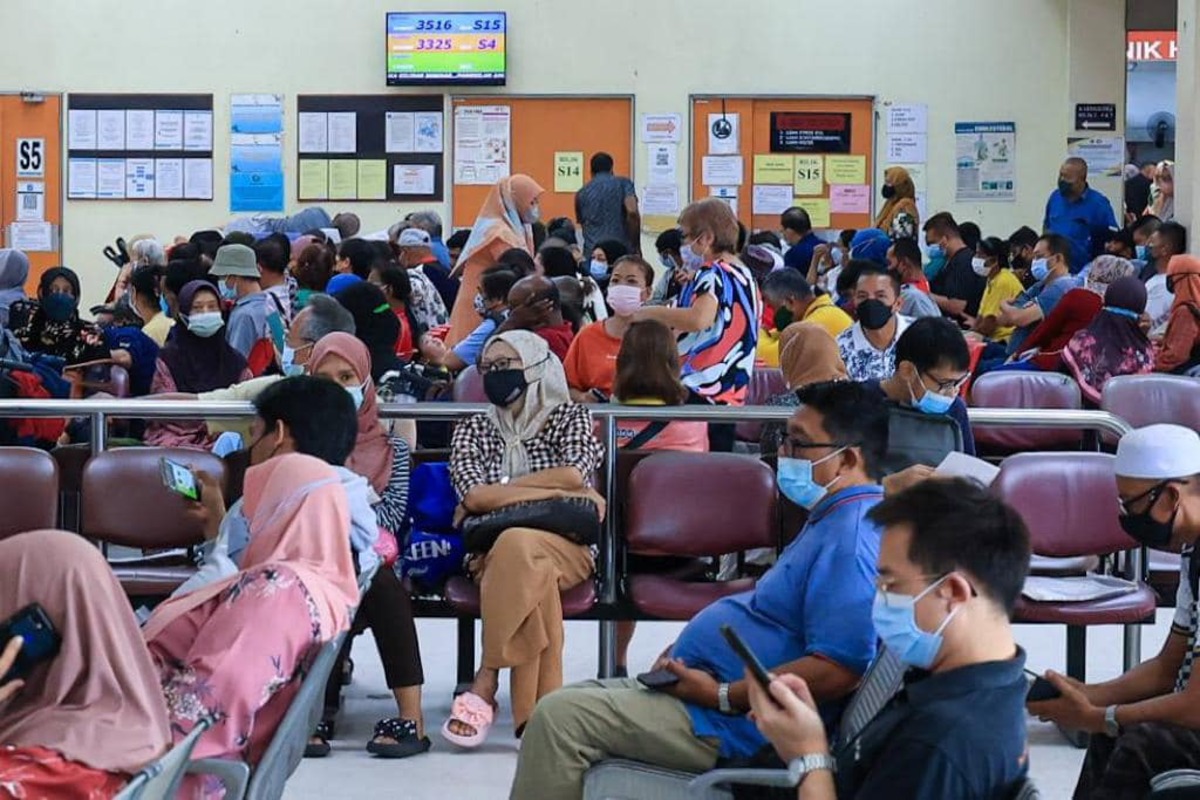Like most Malaysians, I was looking forward to the tabling of the Health White Paper (HWP) in Parliament, as it has taken more than a year since it was announced by the former Health Minister in January 2022.
It was touted to be a health transformation of the nation, not only the Ministry of Health (MOH), that needs to happen after two years of the Covid-19 health pandemic.
There will be much more shocks, stresses, and challenges to the health care system. Malaysia must be ready to face them in the future.
The new health system should withstand any other pandemic in the future and should be future-proofed even with a change of government in the future. I am just going to touch on two important issues that I find missing in this paper.
After reading the 57 pages of the HWP, like many others, I came out rather disappointed as there are only issues, general statements, and directions in the paper that the country will embark on for the next 15 years to transform the health system under Four Pillars.
While I do recognise that this is a policy paper and it is couched in general terms, but I expected some clear targets that we need to achieve in this 15 years (three administrations or three general elections) journey.
There must be a clear and definite TRUE NORTH!
This can be, for example, the country will be on the way to be a healthier nation (top three) for the next generation (over 15 to 20 years), rather than being the fattest nation in Southeast Asia now.
The prevalence of non-communicable diseases (NCDs) like diabetes (18.3 per cent), hypertension (three in 10) and cholesterol (four in 10), as reported in the National Health and Morbidity Survey (NHMS) 2019, must come down in the next 15 years.
We need to put some numbers to these targets to measure the success in these four pillars of health reform.
According to the HWP, the health status of the population and nation is determined by only 20 per cent of health services, while the other 80 per cent is determined by lifestyle, physical environment, and socio-economic factors.
But unfortunately, not much is written about these other non-health factors (except under Pillar 2). Nevertheless, there is a recognition that other agencies and ministries play a crucial part in the socio-economic determinants of health of the nation.
While the paper is all about strengthening the health delivery, financing, and the governance of the health care system, it is hoped that more details will be provided subsequently in how the other non-health factors affect the overall status of the people and nation.
Without spending more time, effort, and resources in the 80 per cent of the determinants of health, I am afraid that we will continue to play catch-up in the health system.
We want to be a healthier nation in the future, thereby improving the socio-economy of the rakyat.
For the White Paper to be implemented successfully, like several people, I call on the government to set up a multi-agency coordination and implementation task force in a central agency to carry out this transformation headed by at least the Deputy Prime Minister or the Prime Minister.
For transformation of this magnitude, it must be driven right from the top.
Chua Hong Teck, PhD, is a senior public policy and health care counsellor with Vriens & Partners Sdn Bhd. He also does independent work on his own.
- This is the personal opinion of the writer or publication and does not necessarily represent the views of CodeBlue.






